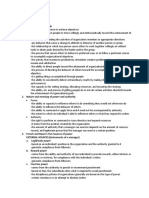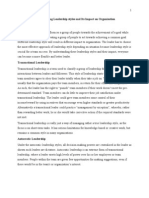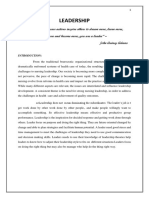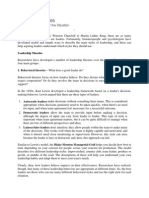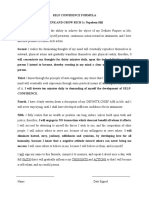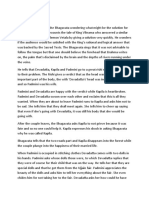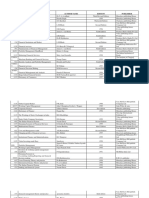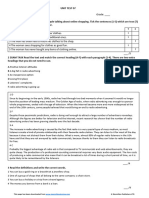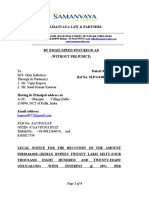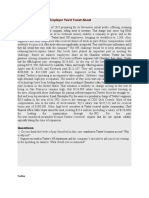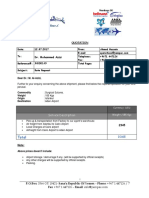0% found this document useful (0 votes)
89 views18 pagesLeadership, Characteristics, Functions and Styles of
Leadership notes
Uploaded by
T Sharanya NayakCopyright
© © All Rights Reserved
We take content rights seriously. If you suspect this is your content, claim it here.
Available Formats
Download as PDF, TXT or read online on Scribd
0% found this document useful (0 votes)
89 views18 pagesLeadership, Characteristics, Functions and Styles of
Leadership notes
Uploaded by
T Sharanya NayakCopyright
© © All Rights Reserved
We take content rights seriously. If you suspect this is your content, claim it here.
Available Formats
Download as PDF, TXT or read online on Scribd
/ 18






